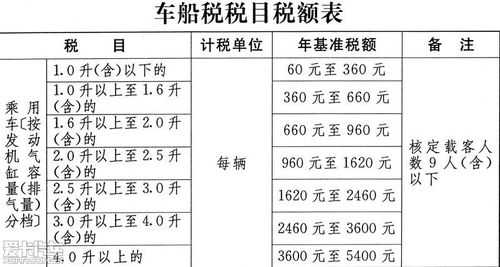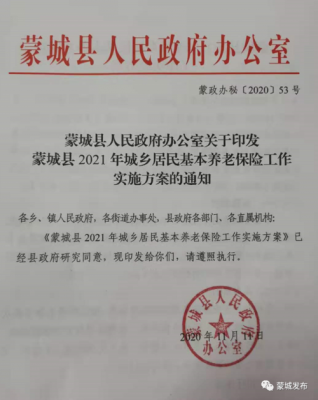In the realm of finance and economics, insurance is an essential component that helps individuals and businesses mitigate the risks of financial loss. The principles of insurance are based on a set of knowledge points that are essential for understanding the subject. This article will delve into the key points of insurance theory in English.
Firstly, the basic concept of insurance is to spread risks. This is achieved through the pooling of risks from a large number of individuals and businesses. When an individual or business faces a loss, the insurance company will compensate them according to the terms of the insurance contract. This mechanism allows individuals and businesses to transfer their risks to the insurance company, thereby reducing their own risks.
Secondly, the principles of insurance include the concept of probability. Insurance companies use statistical methods to calculate the probability of certain events occurring and to determine the amount of risk they are willing to take on. This calculation is based on historical data and current trends, and it helps the insurance company to set appropriate premiums and manage their risks effectively.
Thirdly, there is the principle of maximum loss. This principle states that the maximum amount of compensation that an insurance company will pay out for a particular event is limited. This limit is set to ensure that the insurance company does not have to pay an excessive amount in case of a catastrophic event. It also helps to prevent moral hazard, which occurs when individuals or businesses take excessive risks because they know they are insured.
Fourthly, another important principle is the pooling of risks. This principle refers to the fact that insurance companies collect premiums from a large number of individuals and businesses and use these funds to compensate those who suffer losses. This process allows the insurance company to spread the risk across a large number of people and businesses, thereby reducing their own exposure to risk.
Furthermore, there is the concept of pure and mixed risks. Pure risks are those that only have negative outcomes, such as property damage or personal injury. Mixed risks involve both positive and negative outcomes, such as life insurance where the policyholder receives a benefit if they die or if they live until a certain age.
Additionally, another key concept is the principle of insurable interest. This principle states that only those with an insurable interest in a particular event can purchase insurance for it. An insurable interest refers to a financial interest or concern that someone has in a particular event or property. For example, a homeowner has an insurable interest in their home and can purchase home insurance to protect their property from damage or theft.
Moreover, there is also the principle of moral hazard, which refers to the potential for individuals or businesses to take excessive risks because they are insured. To mitigate this risk, insurance companies often require policyholders to take certain safety measures or follow specific guidelines to reduce their risk exposure.
Lastly, it is important to understand the role of insurance regulation in the industry. Government regulators play a crucial role in ensuring that insurance companies operate fairly and transparently, protecting both policyholders and consumers from fraud and other unethical practices.
In conclusion, understanding the principles of insurance is essential for anyone interested in finance or economics. The principles discussed above provide a foundation for understanding how insurance works and how it can be used to mitigate risks. By learning about these principles, individuals and businesses can make informed decisions about their insurance needs and ensure that they are properly protected against potential losses.

















